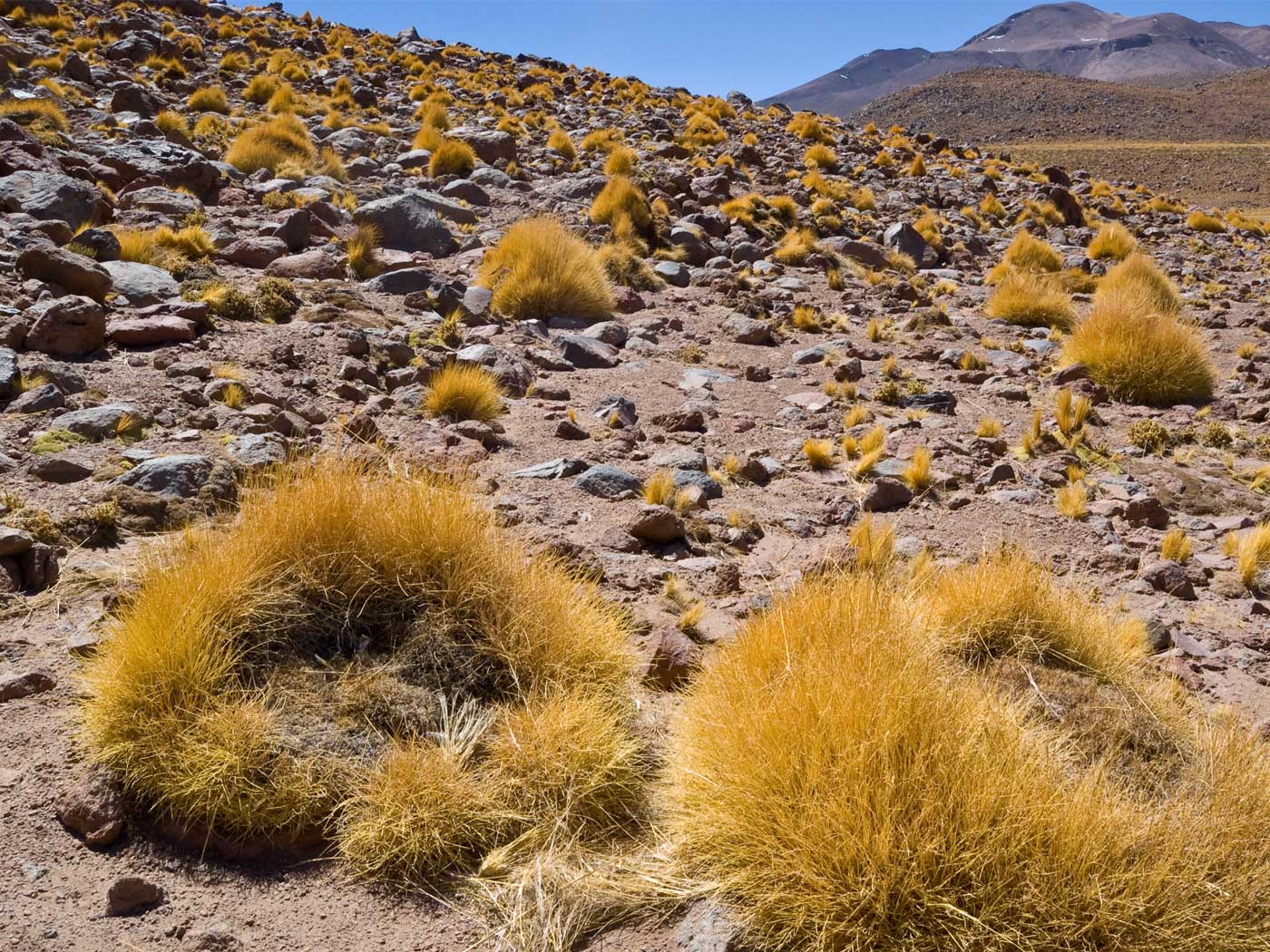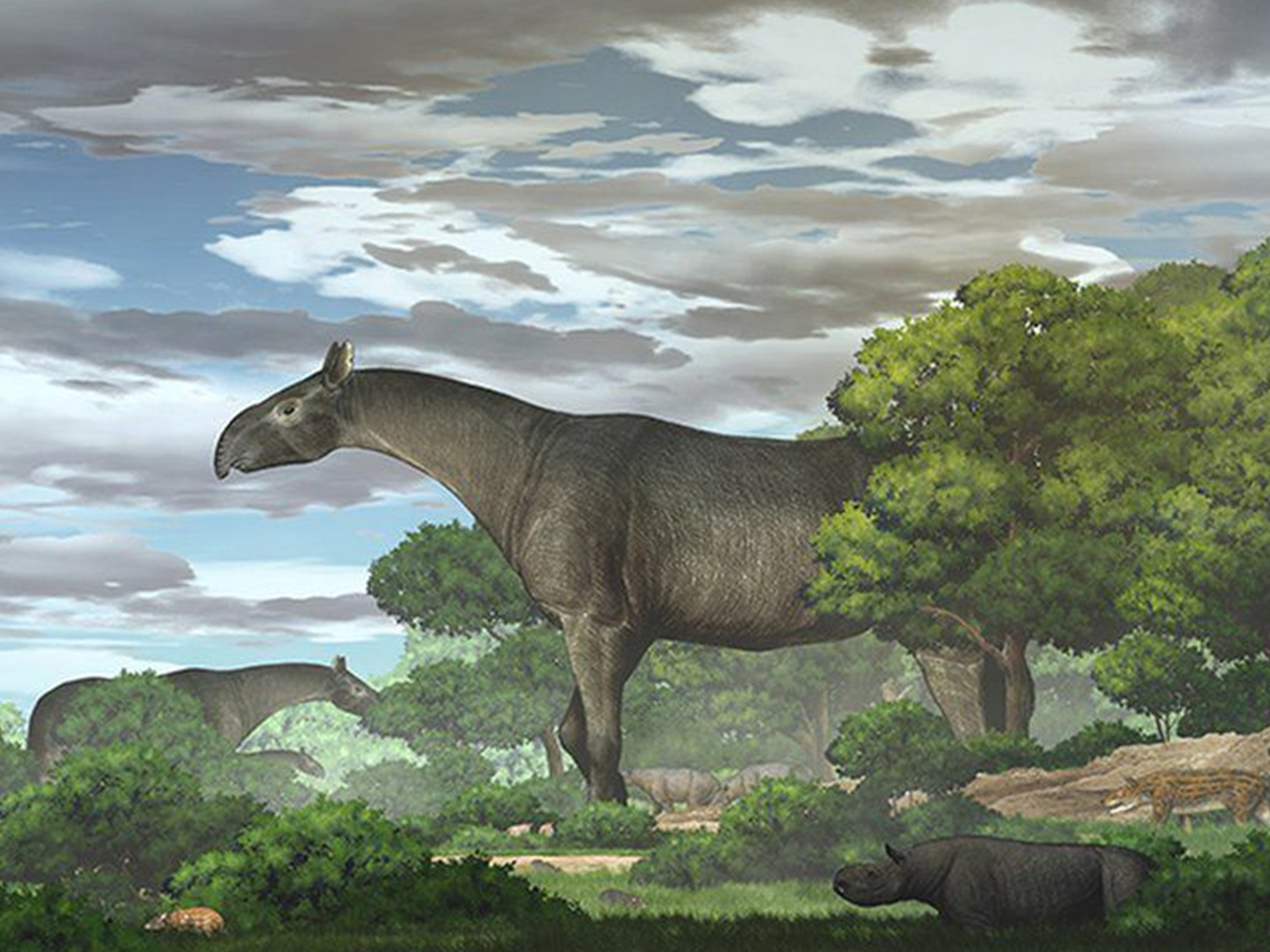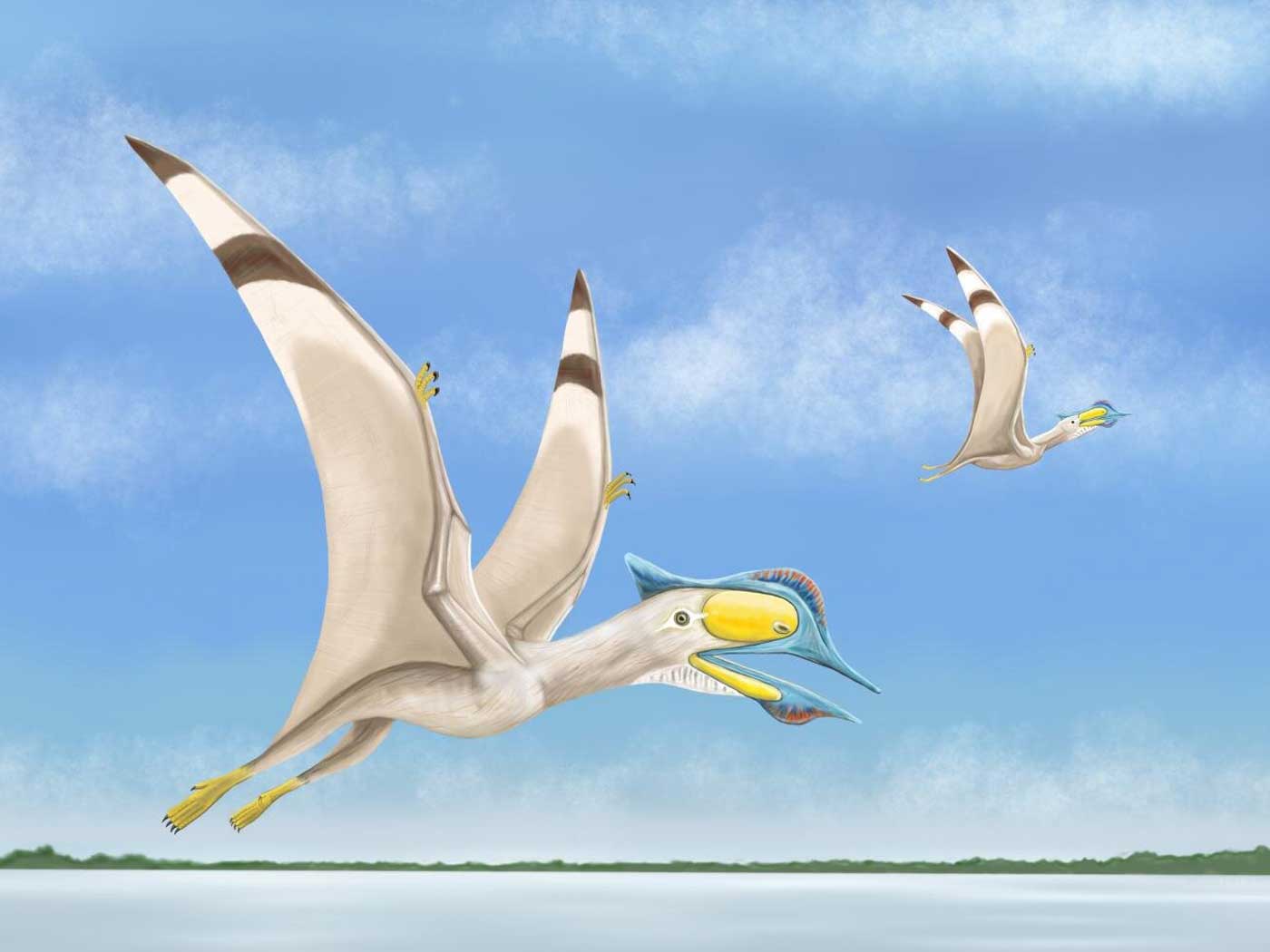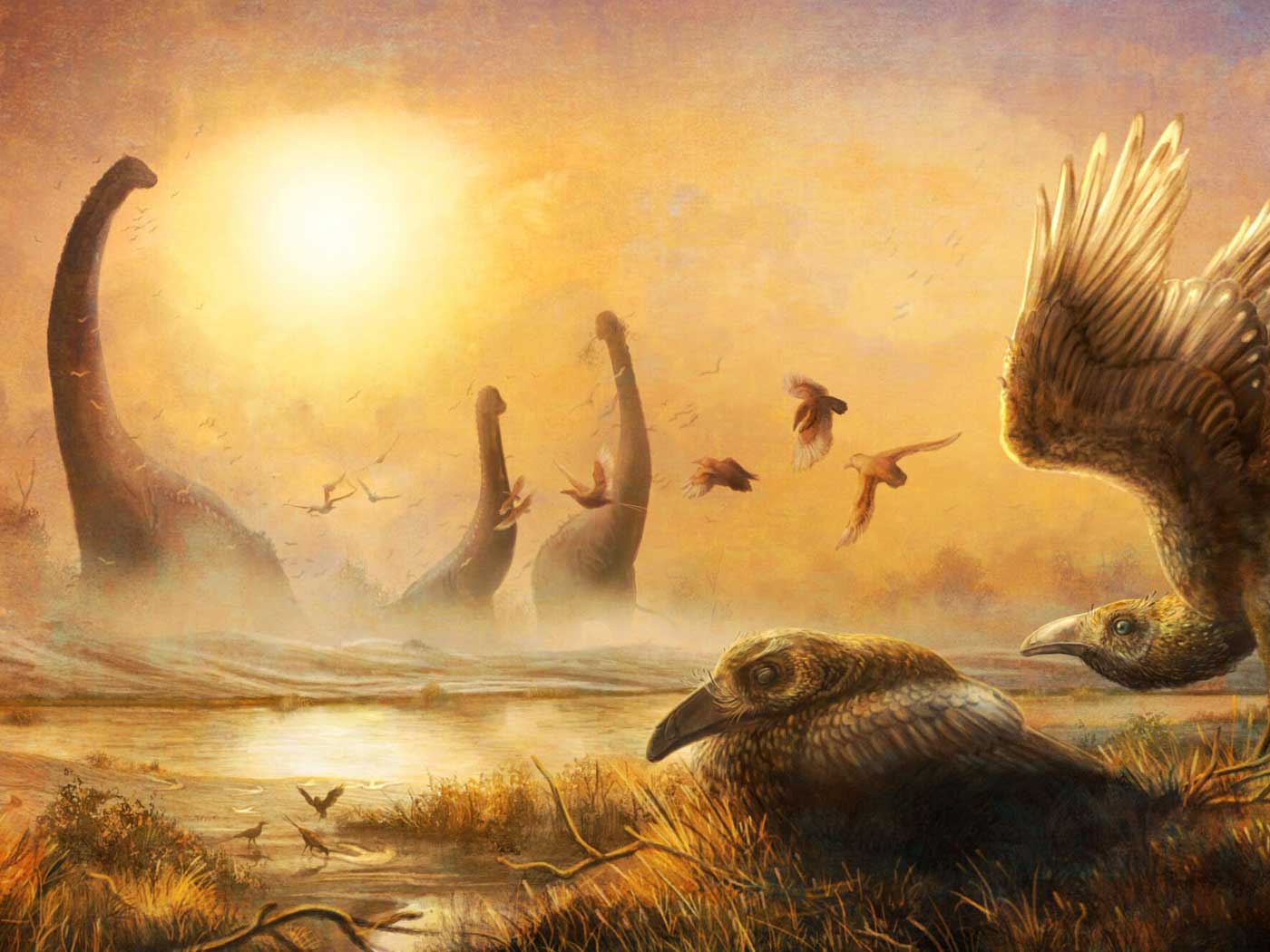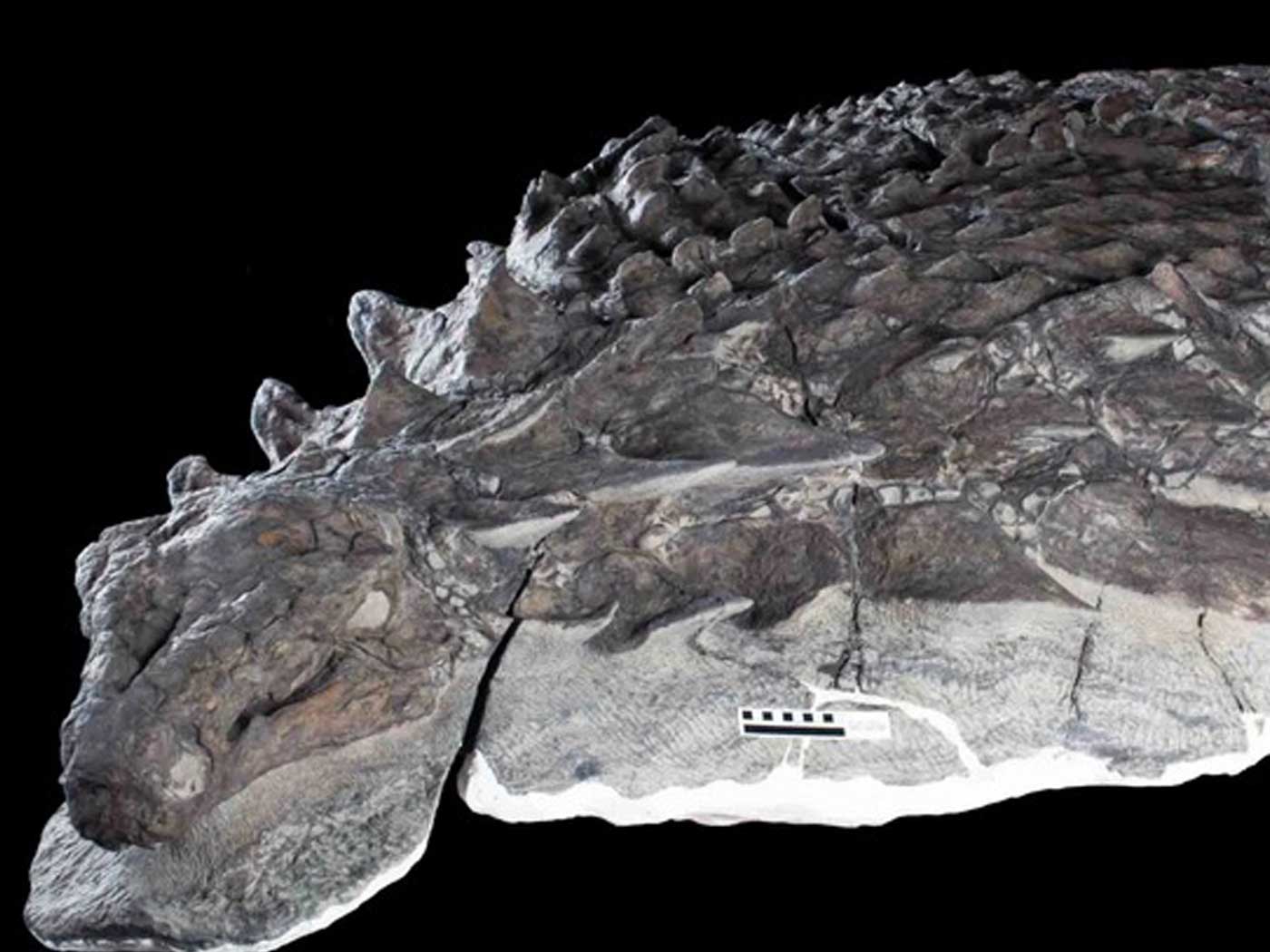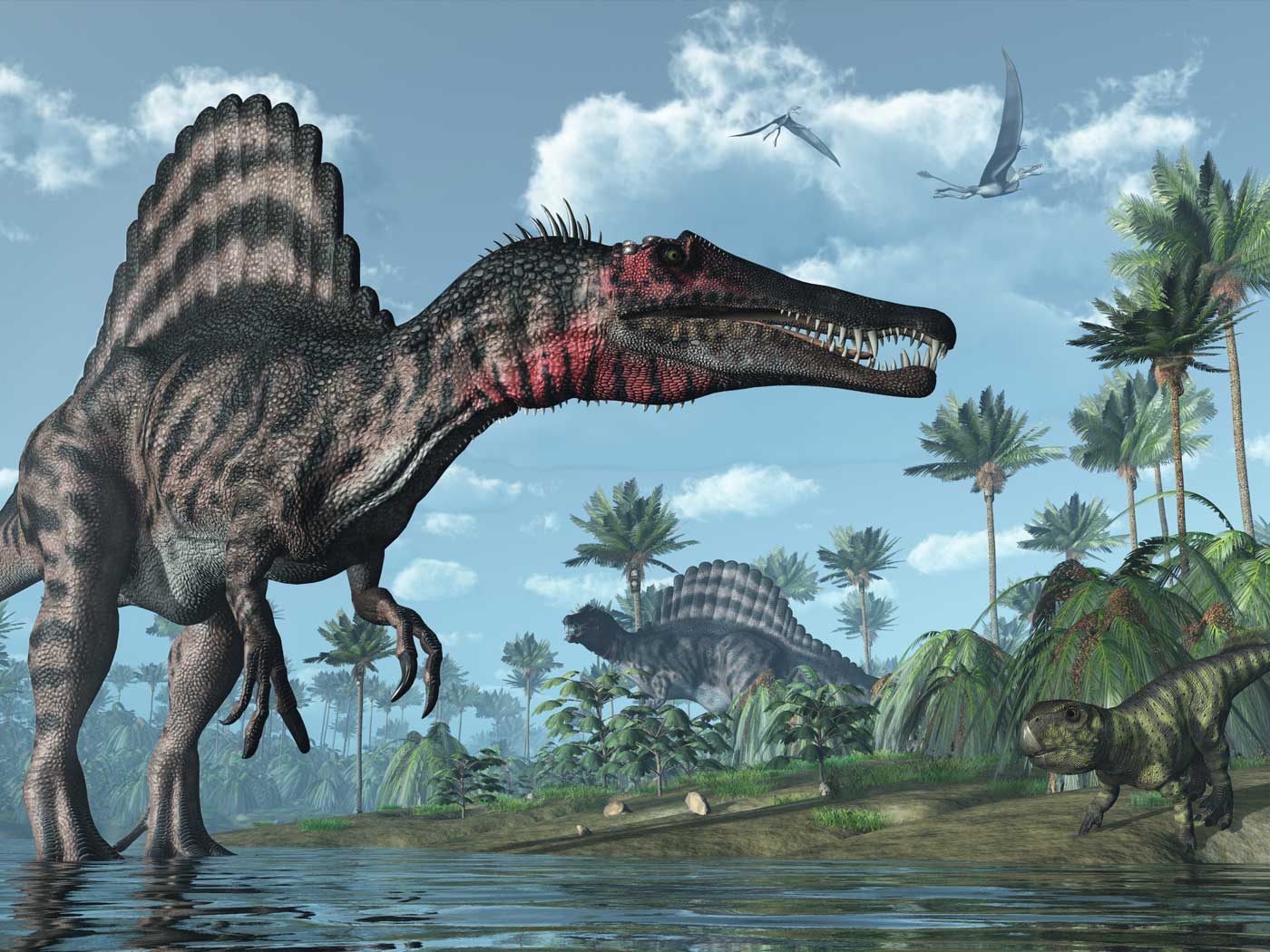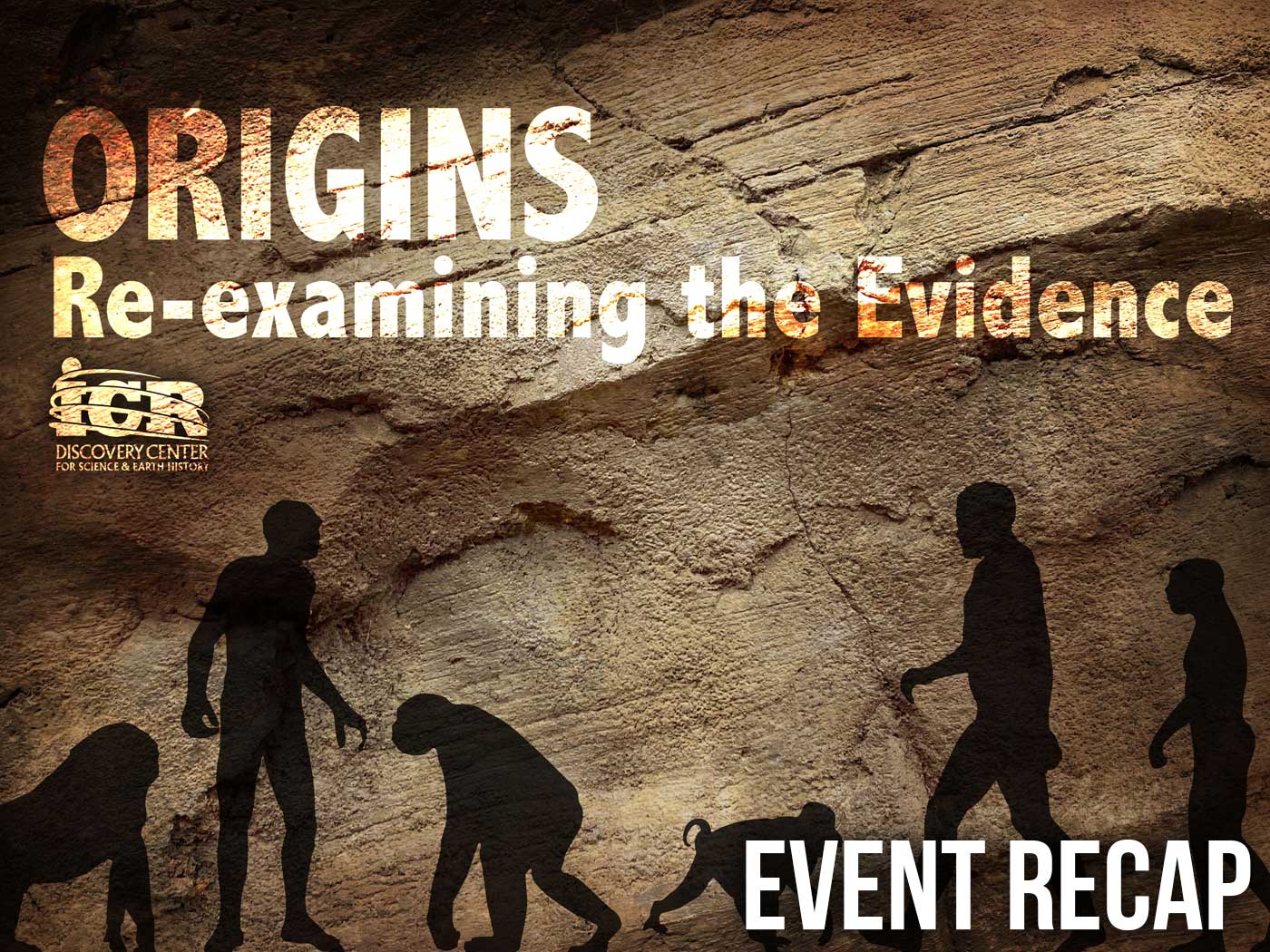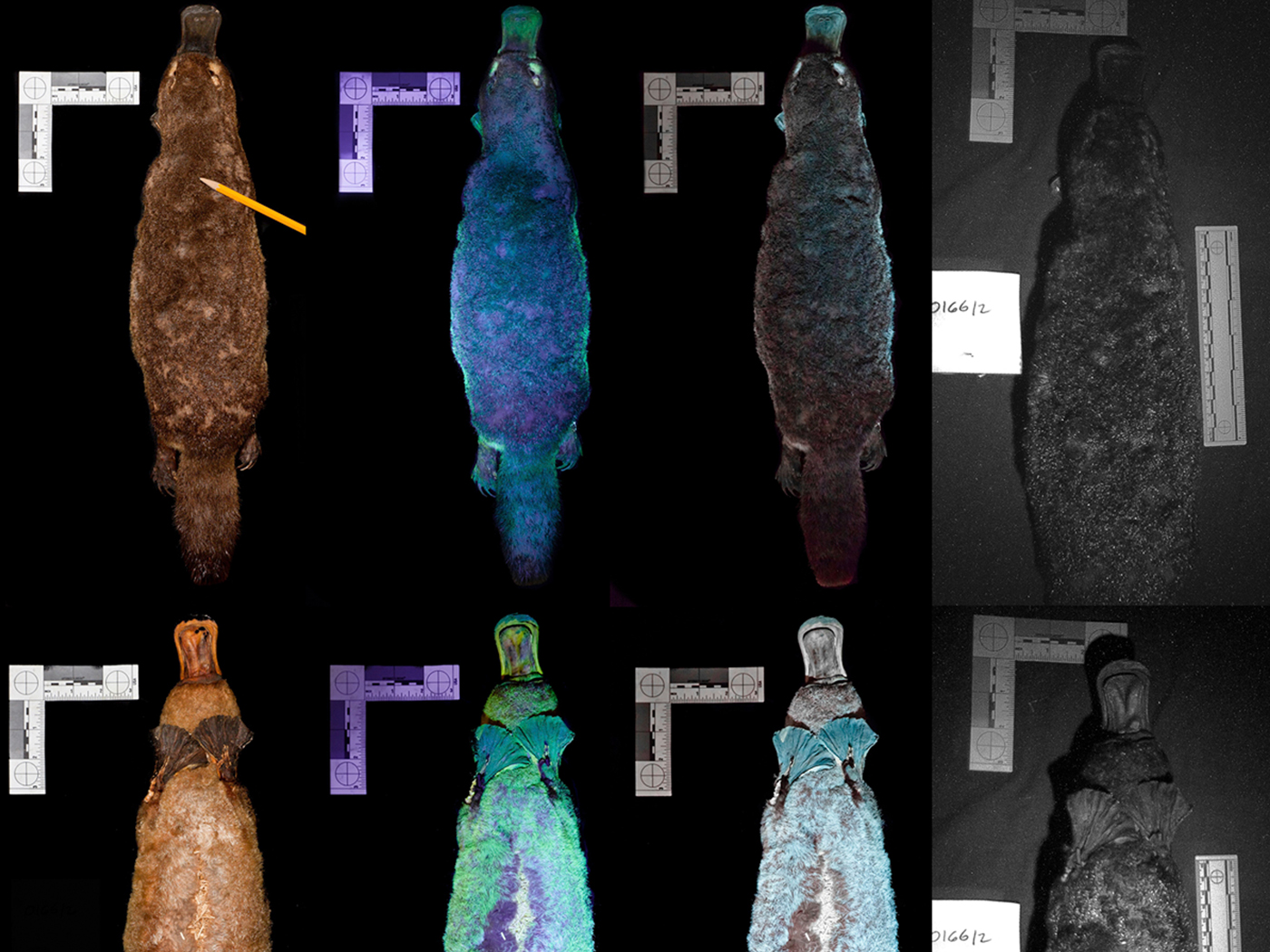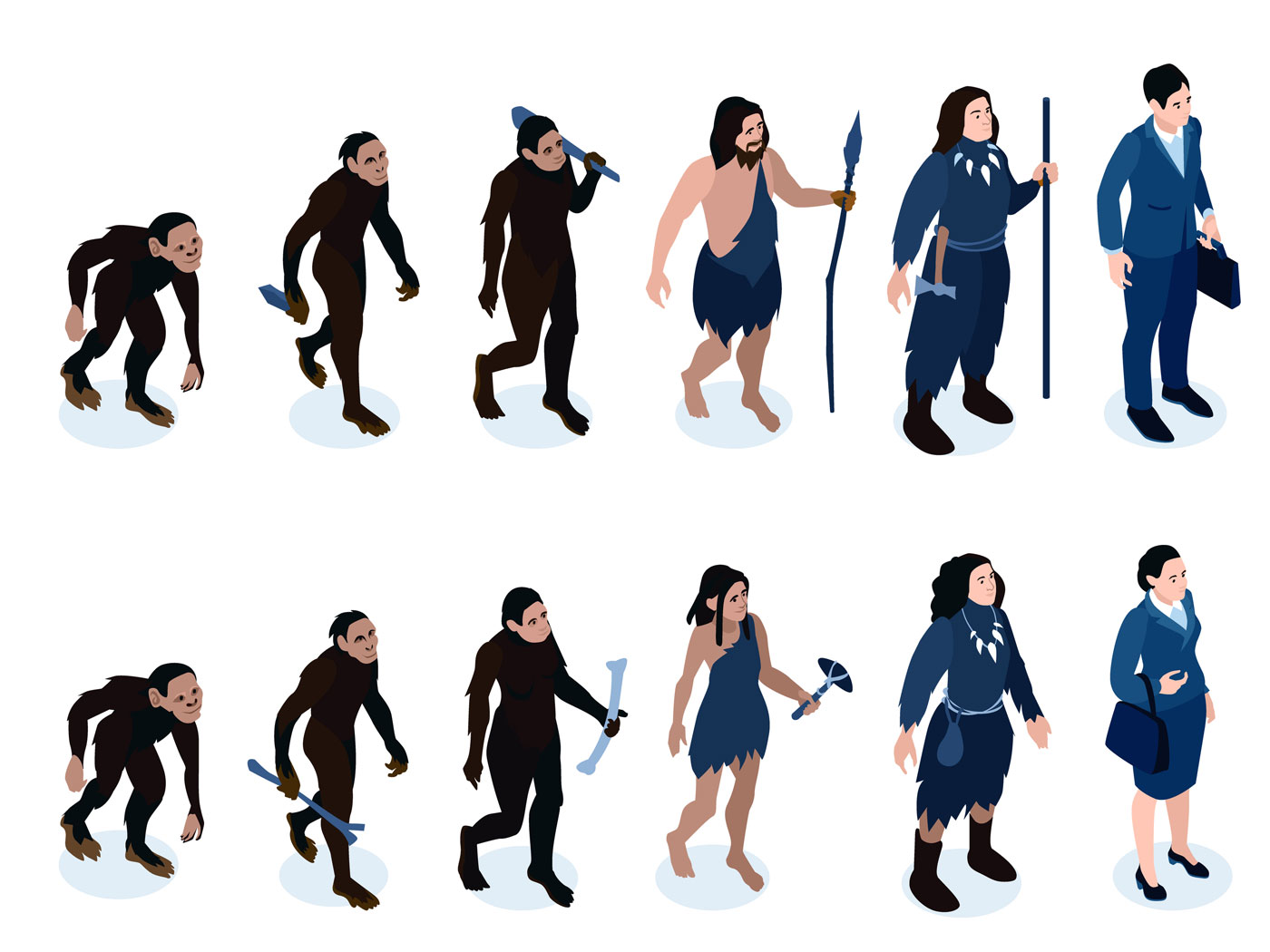A newly published analysis of four fossil molar teeth from a monkey dug up along the left bank of the Yuruá River in the Peruvian Amazon is causing a great deal of evolutionary confusion.1 The problem is that this particular type of monkey has only been found previously in rocks of the same strata in North Africa. While this new finding causes grief for evolution, it vindicates geological data from Genesis Flood research conducted on the global rock record at ICR.
These newly analyzed monkey teeth are different than the primate lineage (Platyrrhini) that, until now, were considered to be the only monkey group to inhabit South America in the New World (the Americas).2 Actually, the teeth are nearly identical to a group of monkeys called the Parapithecidae, an extinct group of monkeys whose fossils have been found only in Northern Africa. The Parapithecidae appear suddenly in Eocene strata with an estimated age (according to evolutionary dating) of 56 to 33.9 million years. They persisted without any change (stasis) through the Oligocene period that ended about 23 million years ago. Besides the standard evolutionary fossil problem of sudden appearance and stasis, we can now add yet another bio-geographical dilemma: Why are these Parapithecidae fossils appearing in the rock record on two different continents separated by a vast ocean at roughly the same time of about 32 to 25 million years ago?
The authors of the paper attempt to solve the dilemma by speculating that Africa and South America may have been much closer together in the distant past and that the monkeys rafted over from Africa to South America. They do acknowledge, however, that the turbulent ocean at the time makes this idea difficult to support.
This is not the first time that monkey fossils have botched up the evolutionary tale. In a previous news story, I described how an alleged 22 million-year-old monkey fossil was found in Kenya that was thought to have only existed in South America and first appeared in Bolivian rocks about 26 million years ago.2 In that particular case, the researchers speculated that the monkeys rafted from South America to Africa—the opposite direction of the rafting scenario surrounding this current discovery. So according to evolutionary speculation, we have monkeys rafting back and forth across the Atlantic Ocean between Africa and South America.
Instead of making up wild stories of ocean travelling monkeys, we have a much more efficient solution coming from the extensive research of ICR geologist, Dr. Tim Clarey.3-4 In his research, Clarey has globally mapped out the sedimentary rock layers laid down in the global year-long Flood of Genesis. In fact, this research shows that the deposition of Flood-borne strata follows the same sequence of progressive deposition across South America and Africa. The reason that we find monkey fossils on both continents in the same rock layers is because these strata were deposited at about the same time in the latter stages of the catastrophe in sediments referred to as the Cenozoic, also called the Tejas megasequence.
The paleontological evidence shows that monkeys and other creatures inhabiting the same ecological zones are not only buried in Cenozoic Flood strata, but that they also make their first appearances in these rocks with no previous evolutionary history. Thus, when we combine both the paleontology of the Cenozoic period with the vast amounts of sediments deposited within it, we not only have a sound case for refuting evolution, but also showing that the Flood record extends all the way to the top of the Neogene, the most recent Cenozoic layers.5
Stage image: Various views of Aegyptopithecus zeuxis cranial remains from the early Oligocene of Egypt.
Stage image credit: Erik R. Seiffert/ResearchGate. Copyright © 2020. Adapted for use in accordance with federal copyright (fair use doctrine) law. Usage by ICR does not imply endorsement of copyright holders.
References
1. Seiffert, E. R. et. al. 2020. A parapithecid stem anthropoid of African origin in the Paleogene of South America. Science. 368: 194-197.
2. Tomkins, J. P. Monkey Fossil Reveals Diversity and Flood Boundary. Posted on ICR.org June 11, 2019, accessed April 27, 2020.
3. Clarey, T. L. 2017. Local Catastrophes or Receding Floodwater? Global Geologic Data that Refute a K-Pg (K-T) Flood/post-Flood Boundary. Creation Research Society Quarterly. 54 (2): 100-120.
4. Clarey, T. L. Data Leads to Correct Post-Flood Boundary. Creation Science Update. Posted on ICR.org July 17, 2018, accessed April 27, 2020.
5. This post-Flood signature is now being referred to as the N-Q boundary, the Q representing the Quaternary period of the post-Flood ice age.
*Dr. Tomkins is Life Sciences Director at the Institute for Creation Research and earned his doctorate in genetics from Clemson University.
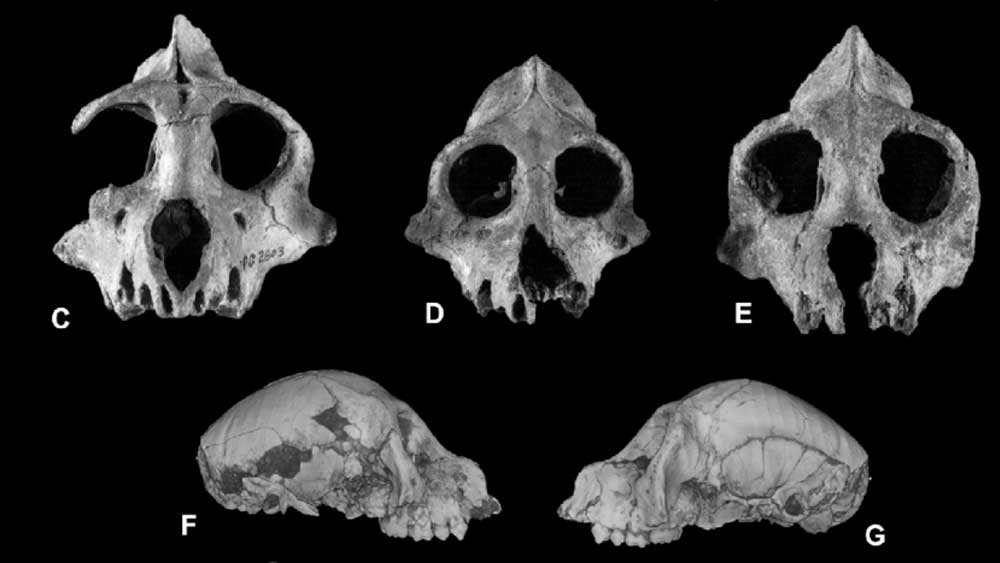
Monkey Fossil Confirms Neogene-Quaternary Flood Boundary
The Latest
Was a Key to Photosynthesis Evolution Discovered?
Northern Canadian lakes were the source of recently discovered unique photosynthetic bacteria of the phylum Chloroflexota. After years of culturing,...
CREATION PODCAST
Four Moons That Indicate a Young Universe | The Creation Podcast:...
Earth has one moon, but Jupiter has many! What can we learn from our celestial neighbor's satellites? Do they indicate youth?
Host...
Creation Kids: Seeds and Sprouts
by Renée Dusseau and Susan Windsor*
You're never too young to be a creation scientist and explore our Creator's world. Kids, discover...
APOLOGETICS
Christ’s Creativity in Canyon Critters
Grand Canyon animals display many marvelous traits and behaviors as they live life in that harsh habitat. These canyon creatures succeed thanks to the...
Standing Against False Science
I’m Michael Stamp, and I’m in my 12th year as an editor at the Institute for Creation Research. It’s always an encouragement to see...
Oysters and Pre-Flood Longevity
The oyster species Crassostrea virginica, also known as the eastern oyster, is a prized seafood. Research has demonstrated that a fossil version of...
Galápagos Finches: A Case Study in Evolution or Adaptive Engineering?
A group of birds known as Darwin’s finches live in the Galápagos Islands, which are located in the Pacific Ocean 600 miles west of Ecuador....
Hot Springs National Park: Hydrothermal Springs Formed By The...
Hot Springs National Park is located about an hour southwest of Little Rock in the folded Ouachita Mountains of central Arkansas. It is the second smallest...
Why Biology Needs A Theory of Biological Design—Part 2
“Based on a true story” is included by movie producers to add authenticity, importance, and a flair of anticipation. So, my account of how...
Marine Fossil Tapeworm Is Still a Tapeworm
The Flood was both sudden and rapid. The burial of creatures—including delicate plants and soft-bodied animals like jellyfish1—occasionally...




